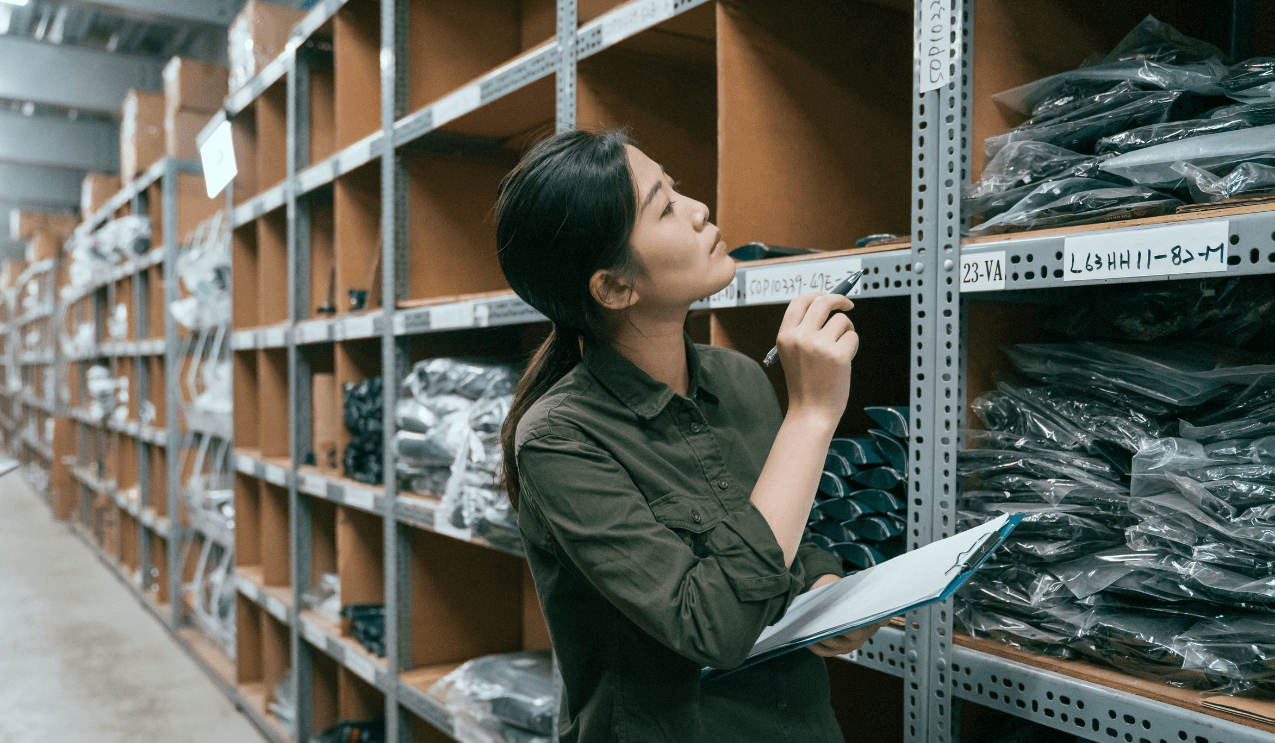My wife and I returned last week from a vacation trip to the island of Maui. Neither of us had ever visited the island before, so we didn’t know what to expect. We bought a guidebook to help us out, which even had a mobile app to help us find all of the cool things to see. One of the most popular activities on the island is a drive to the city of Hana, located on the eastern end of Maui.
The Hana Highway twists and turns, literally, for about 50 miles through rain forest, past waterfalls, scenic ocean views, cliffs, small towns, and other amazing places. It was described by someone as San Francisco’s Lombard Street but 50 miles longer.
The guidebook made the journey great because it would tell us places to stop and hike to sights that were off the beaten path. My wife’s sister and her husband were quite worried a few times that the guide was leading us into nowhere. For example, one time the guidebook told us to stop at a single car turnout by a bridge.
There were no other cars there (it was a single car turnout…) and there appeared to be nothing but jungle around us. We poked around a bit and found a small opening in the jungle wall and walked down it. It felt really “unused.” Angela screamed out at one spot because there was a spiderweb and a scary spider blocking the path. But we continued and eventually came to a riverbed that led to a secluded waterfall in a cliff lined canyon that was simply breathtaking. Of all the people that visit the island of Maui each year, I would guess that less than 1% ever experience that waterfall and hike.
Leading up to our trip several people at TAB asked me what we had planned to do while there. They all had suggestions for us. One person asked me “are you doing the Hana Highway?” I said “probably.” She said “don’t.” I asked why and she told me that it was nothing more than a boring drive to a place that didn’t even have anything cool to see. In retrospect, I could see why someone might feel that way.
If a person were to undertake the Hana Highway with no other goal than to reach the end of the road, it would be a terrible drive. The trip would be nothing more than lots of cars trying to negotiate a nauseatingly windy road that is one lane much of the time, while other cars are trying to go the opposite direction, only to end up in a town with nothing special and to know that there was no option but to drive back.
For me, I came home from the trip a raving fan of the Hana Highway, not that the road was any different for me, it was still the same winding, one lane road. The difference was that I had a guide book that helped me negotiate the frustrating parts and point out the hidden gems along the way.
As we were doing the tour, I thought a bit about how our customers experience TAB. Do we treat them as a destination, merely to be underwritten, put through the ringers, and hopefully booked in the system? Or do we provide journey that leaves them feeling like TAB is their business partner for life?
We each have the opportunity as we interact with our customers to function like the guidebook app that I used on Maui. We can help our customers to have unique experiences that help avoid the twists and turns, the choke points, and the opposition. But that requires us to become intimately familiar with both how TAB does business as well as how our customers need us to interact with them.
There may be processes that seem to be great from OUR perspective, but are very frustrating from the CUSTOMER perspective. We have the opportunity to impact change at the bank, but it requires us each to commit to making a difference. If we see something that can be better, say something. If we see a customer frustration, let’s fix it.
The Hana Highway is a unique experience for each tourist to Maui. Our customers will each have a unique experience as well. But if we can make that experience a positive introduction to TAB they can become more than a customer – they can become raving fans.

